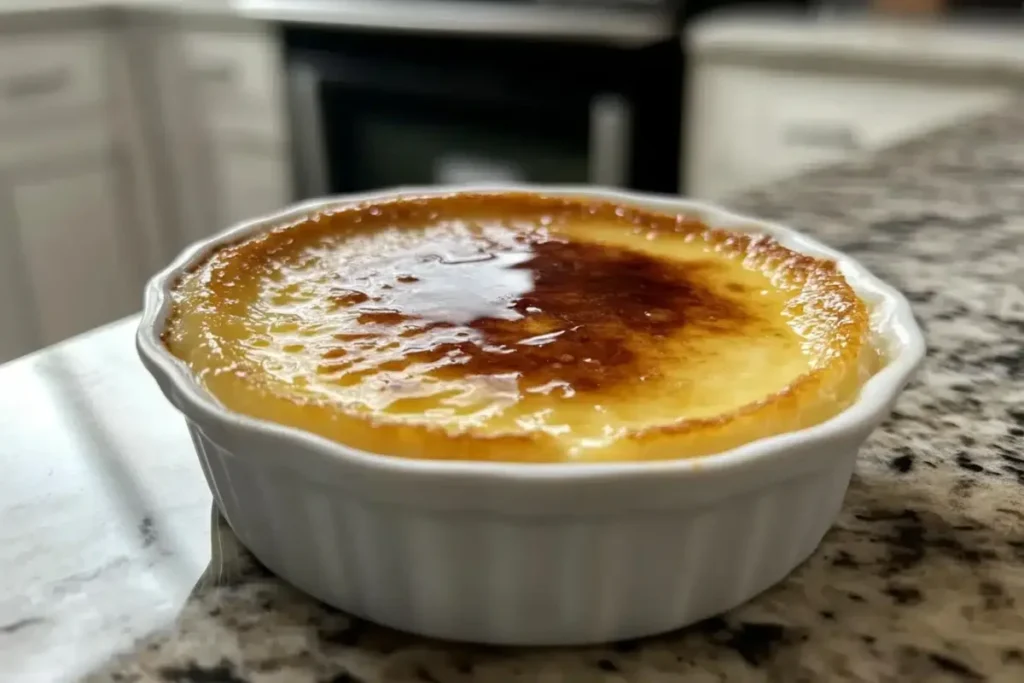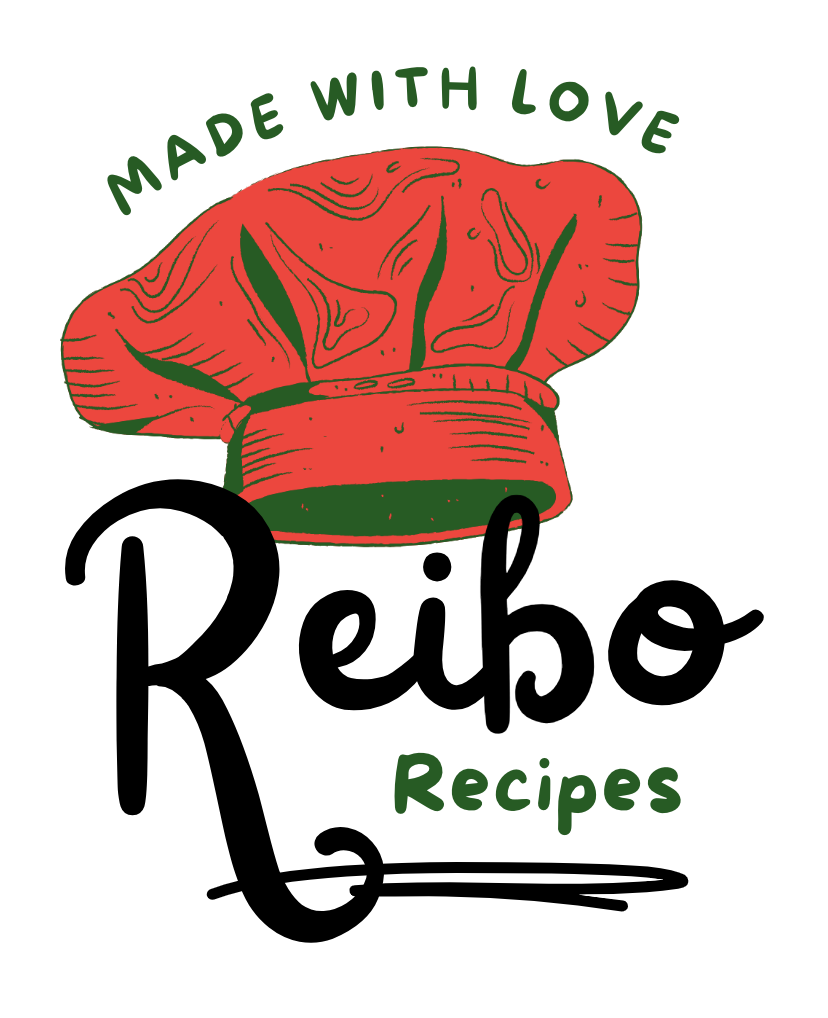
Your Attractive Heading of Caramelize brûlée
Knowing how to Caramelize brûlée recipe ? is an essential step that transforms this classic dessert into a luxurious treat. The crispy, golden-brown layer on top adds texture and a rich, complex flavor that perfectly complements the creamy custard underneath. Whether you’re a seasoned chef or a home cook, mastering the art of caramelizing brulee can elevate your culinary skills to the next level.
Understanding Caramelization of Caramelize brûlée
The process of caramelization involves heating sugar until it melts and browns, transforming into a flavorful and textured topping. The science behind caramelization is fascinating—sugar molecules break down under heat, resulting in the rich flavors and colors we associate with caramel.
Essential Tools for Caramelize brûlée
1. Kitchen Torch
A kitchen torch is the most effective tool for caramelizing brulee, offering precision and control over the process. Using a torch, you can evenly heat the sugar without risking the custard beneath.
2. Oven Broiler
Alternatively, you can use your oven’s broiler to caramelize the sugar. While this method works, it requires close monitoring to prevent burning.
Step-by-Step Guide to how Caramelize brûlée
1. Preparing the Brulee Base
First and foremost, it’s essential to ensure that your brulee custard is fully set and chilled. A well-set custard will support the weight of the caramelized sugar without collapsing, allowing for a perfect finish.
2. Adding the Sugar Layer
- Even Layer: Begin by sprinkling a thin, even layer of sugar over the surface of the custard. This step is vital because an uneven sugar layer can lead to inconsistent caramelization.
- Optional Add-Ins: Additionally, you can mix a small amount of cinnamon or nutmeg with the sugar to add a hint of spice.
3. Caramelizing with a Kitchen Torch
- Technique: Hold the kitchen torch about 2-3 inches from the surface. Move it in small circles to evenly distribute the heat across the sugar layer.
- Watch Closely: As the sugar melts, it will first turn liquid, then golden brown, and finally harden into a crispy crust. It’s crucial to be attentive during this step to avoid burning the sugar.
4. Using the Broiler Method
- Broiler Setup: Preheat your broiler on high and place the ramekins on a baking sheet, positioning them about 4 inches from the heat source.
- Timing: Broil for 2-3 minutes, watching closely. Rotate the ramekins if necessary to ensure even caramelization.
If you’re planning a dinner party, pair your brûlée with light and refreshing sides like our Crab Brulee Recipe for a balanced meal.
Advanced Tips for how to Caramelize brûlée
Experiment with Sugars
Try using turbinado or Demerara sugar for a slightly different texture and flavor.
Add a Flavor Twist
Infuse the sugar with vanilla or citrus zest before caramelizing to add a subtle layer of flavor.
Avoid Soggy Crusts
Always serve brulee immediately after caramelizing. If the brulee sits too long, moisture from the custard can soften the crust, diminishing the textural contrast.
Serving and Storing Caramelize brûlée
Serving Tips
Serve your brulee immediately to maintain the crispiness of the caramelized sugar. The contrast between the warm, crispy top and the cool, creamy custard is what makes this dessert so delightful. Pair it with fresh berries, whipped cream, or a drizzle of liqueur to enhance the flavor profile.
Storing Leftovers
Store any leftovers in the refrigerator. Note that the sugar crust will soften over time, so it’s best to consume it fresh.
For more storage tips, visit our Guide to Storing Desserts.
Frequently Asked Questions for Caramelize brûlée
What Type of Sugar Should I Use?
When it comes to how to Caramelize brûlée, granulated sugar is, without a doubt, the most common choice. This is because it has the unique ability to melt evenly and form a perfectly crisp crust. However, if you’re looking for a slightly different texture, you might want to consider experimenting with turbinado sugar. In particular, turbinado sugar can add a subtle crunch and a deeper flavor to your brulee.
Can I Use a Different Method to Caramelize brûlée?
Yes, indeed, while a kitchen torch is the preferred tool for many, you can absolutely use an oven broiler as an alternative method. That being said, it is crucial to watch the brulee very closely while using the broiler, as it can burn quickly if left unattended. Moreover, rotating the dish under the broiler can help ensure even caramelization.
Why is My Caramelize brûlée Crust Soft?
A soft crust typically occurs when the brulee has been sitting too long after caramelization. As a result, moisture from the custard seeps into the sugar, softening the once-crisp crust. Therefore, it’s best to serve the brulee immediately after caramelizing the sugar to maintain that desired texture. Additionally, you might consider using a slightly thicker layer of sugar to delay the softening process.
Can I Make Caramelize brûlée Ahead of Time?
Yes, you can certainly prepare the custard portion of the brulee ahead of time. However, it’s important to note that the sugar should be caramelized just before serving. By doing this, you ensure that the crust remains crisp and provides the classic contrast to the creamy custard beneath. Furthermore, preparing the custard ahead allows the flavors to develop more fully, resulting in an even more delicious dessert.
The Science Behind the Perfect Brulee Crust of Caramelize brûlée
Achieving the ideal brulee crust is a balance of art and science. For example, the caramelization process involves heating sugar to its melting point, breaking down its molecular structure to create complex flavors and a distinct golden hue. Moreover, the type of sugar used affects how it melts and hardens granulated sugar provides a smooth finish, while turbinado or Demerara sugar adds texture and depth. Understanding the science behind this transformation allows you to adjust heat, timing, and ingredients for consistent, restaurant quality results.
Creative Variations for Caramelize brûlée
Elevate your classic brulee by incorporating unique flavors and twists. For instance, you can infuse the custard base with lavender, Earl Grey tea, or even coffee for a sophisticated flair. Alternatively, top your brulee with a layer of spiced nuts or edible flowers for a visually stunning presentation. For a festive touch, consider adding a splash of liqueur, such as Grand Marnier or amaretto, to the sugar layer before caramelizing. Ultimately, these variations allow you to personalize the dessert while retaining its traditional appeal.
Pairing Brulee with Complementary Desserts
Pairing Caramelize brulee with other desserts can create a well rounded and indulgent dining experience. For example, serve it alongside a rich chocolate mousse for a delightful contrast of textures and flavors. Additionally, a light sorbet or fresh fruit salad can balance the richness of the brulee, providing a refreshing counterpoint. For a more decadent pairing, try serving brulee with buttery shortbread cookies or a slice of flourless chocolate cake. These combinations not only enhance the meal but also cater to a variety of palates.
Overcoming Common Brulee Challenges
Even seasoned chefs can encounter challenges when caramelizing brulee. For instance, uneven caramelization can occur if the sugar layer is too thick or inconsistently distributed. To avoid this, use a fine mesh sieve to sprinkle sugar evenly over the custard. Another issue, a burnt crust, often results from holding the kitchen torch too close to the sugar keeping a safe distance ensures gradual caramelization. Additionally, if your custard is too soft, refrigerate it longer to allow it to fully set before adding the sugar layer. These trouble shooting tips can help you perfect your technique.
Exploring Regional Brulee Variations
Caramelize Brulee has been adapted across cultures, resulting in delightful regional variations. For example, in Spain, crema catalana is a similar dessert flavored with cinnamon and lemon zest. In contrast, Italian crema bruciata often includes a hint of orange or anise. In Asian cuisine, pandan flavored brulee offers a unique twist, incorporating the fragrant, grassy notes of pandan leaves. Exploring these global adaptations not only broadens your culinary repertoire but also offers new ways to enjoy this classic dessert.
Choosing the Right Ramekins for Brulee
The choice of ramekin plays a significant role in the brulee experience. For example, shallow ramekins allow for a larger surface area, creating a thinner custard and more caramelized topping. Conversely, deeper ramekins yield a creamier texture with a smaller caramelized layer. Additionally, porcelain ramekins retain heat well, ensuring even cooking, while glass ramekins offer the advantage of visual appeal. By selecting the right ramekin, you can tailor the dessert to your personal preferences and presentation style.
Making Brulee for Special Diets
Brulee can be adapted to suit various dietary needs without sacrificing its signature texture and flavor. For instance, substitute traditional cream with coconut milk or almond milk for a dairy free version. Additionally, using natural sweeteners like maple syrup or coconut sugar can make the dessert suitable for those reducing refined sugar intake. For a keto-friendly option, erythritol or monk fruit sweeteners work well in both the custard and caramelization process. Ultimately, these modifications ensure that everyone can enjoy this indulgent treat.
Incorporating Brulee into Larger Desserts
Brulee doesn’t have to be a standalone dessert—it can serve as a luxurious component in larger creations. For example, use it as a filling for tarts, layering the caramelized crust on top for added texture. Alternatively, brulee custard can be incorporated into parfaits or trifles, paired with layers of cake, whipped cream, and fruit. For a modern twist, serve brulee as part of a deconstructed dessert platter, accompanied by complementary elements like caramel sauce or candied nuts. These innovations allow for creative ways to present this classic dessert.
Hosting a Brulee-Themed Dinner Party
A brulee themed dinner party is a fun and elegant way to showcase this iconic dessert. For instance, offer a brulee bar with various flavored custards, such as vanilla, chocolate, and matcha, along with an array of toppings like fruit, nuts, and syrups. Additionally, consider providing guests with small kitchen torches to caramelize their own desserts for an interactive experience. For added flair, pair the brûlée with wine or liqueur pairings that complement the chosen flavors. Ultimately, this themed approach transforms a simple dessert into an unforgettable event.
Storage and Reheating Tips for Caramelize brûlée
Proper storage ensures that lef tover Caramelize brûlée remains fresh and delicious. For example, cover the custard tightly with plastic wrap to prevent it from absorbing odors in the refrigerator. However, avoid caramelizing the sugar until just before serving, as the crust will lose its crunch over time. If reheating is necessary, place the custard in a water bath to gently warm it without altering its creamy texture. By following these storage tips, you can enjoy brulee at its best, even after it’s been refrigerated.
Conclusion of Caramelize brûlée
Mastering the art of Caramelize brûlée is a skill that can elevate your dessert repertoire, creating a luxurious and memorable treat for any occasion. Whether you’re using a kitchen torch or an oven broiler, each method adds a unique touch to the caramelized topping. By understanding the science of caramelization and following these step-by-step techniques, you’ll achieve the perfect balance of textures and flavors. So, go ahead—impress your guests with a stunning brulee that combines a crisp, golden crust with a smooth, creamy custard. Embrace these tips, experiment with flavors, and enjoy the delicious rewards of this classic dessert!
